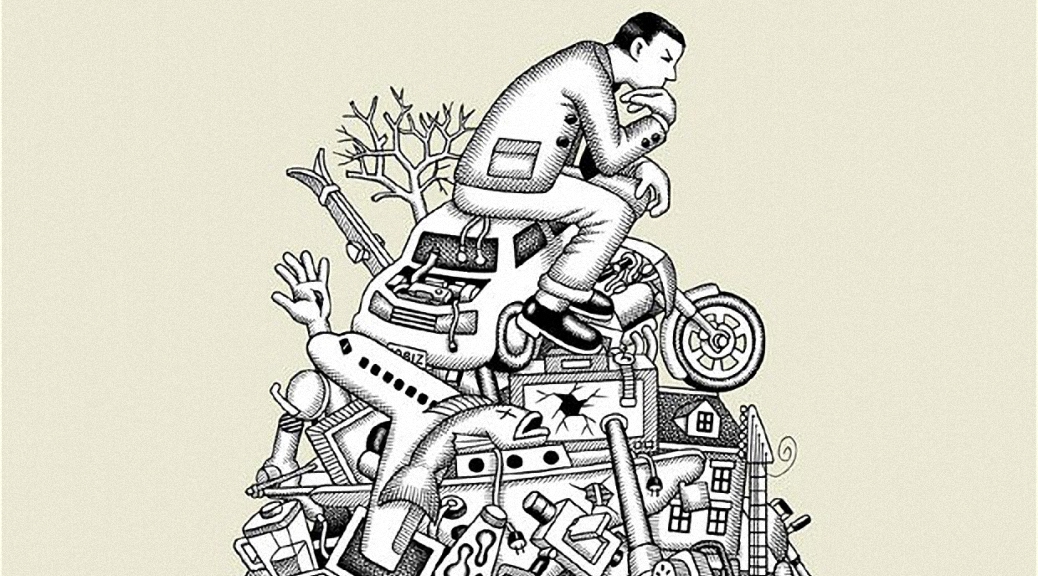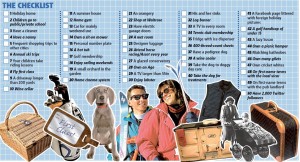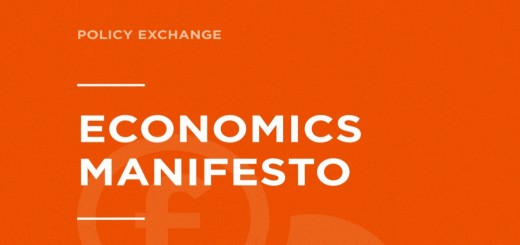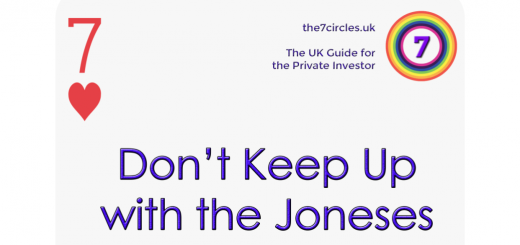How Much is Enough? (Revisited)

My first reaction when I picked up the Metro free paper last week was that we must have imported another American holiday while I wasn’t looking. I knew it wasn’t April, so I could only conclude that after the naked consumerism of Black Friday comes the stupid prankster-ism of Foolish Thursday.
I was looking at the checklist below, formed from the results of a consumer survey on what is needed to have “made it” in life. After thirty years of acquisition – and at more than a decade over the target age for making it of 41 – my score was eight out of fifty. But if I ever get to a score of twenty, please take me out and shoot me.
On closer examination, the survey was sponsored by Synseal, a home improvement company (they make doors, windows and conservatories), which would explain the preponderance of home improvements on the list.
I would have thrown the paper in the bin if it were not for two things:
- all the newspapers picked up on it, each giving it their own spin, and eventually the thing went a bit viral, and
- I am halfway through reading How Much is Enough by the Skidelskys.
If you want to read along with me, you can get the book here: ((this is an affiliate link, and I will be paid a small referral commission if you buy through this link))
[amazon text=Amazon&asin=0241953898&text=How Much is Enough?&template=thumbnail]
How Much Is Enough?
This (how much is enough) is a subject we touched on a couple of weeks ago, albeit in the narrow sense of how much dosh is needed to declare financial independence and retire. The Skidelsky take on things is much more Zen, but more of that later.
Over at the Independent, Rhodri Marsden focused on the superiority of relationships, and physical and mental well-being over material goods, and questioned whether getting to the top and having to stop was even a valid target. The Mail was less critical, focusing instead of lavishly illustrating the hypothetical good life.
In the Standard, Nick Curtis outed the list as strictly commuter-belt and offered a shorter list of 10 tongue-in-cheek signifiers for London:
- owning a house
- not being bankrupt
- being on first-name terms with the local hoodie gang
- eating different ethnic cuisines regularly
- taking public transport outside rush hour
- being able to afford a holiday
- being blasé about London’s cultural and architectural riches
- having average blood pressure
- knowing an affordable dentist
- being reasonably sane
I prefer this list, which pushes my score up from 16% to 70%, but I have even more time for the one offered by the Skidelskys:
- health
- security
- respect
- personality
- harmony with nature
- friendship
- leisure
I give myself 5½ out of seven here, which is my highest score yet. More importantly, this is a list that I can get behind. Whether I still feel that way at the end of the book, when I’ve seen the small print, is another question.
Yet another is whether I can support their prescriptions for how to make these “basic goods” available to all. I have my doubts: their rhetoric seems pretty left-of-centre to date. Stand by for “How Much is Enough – Part 3.”


















